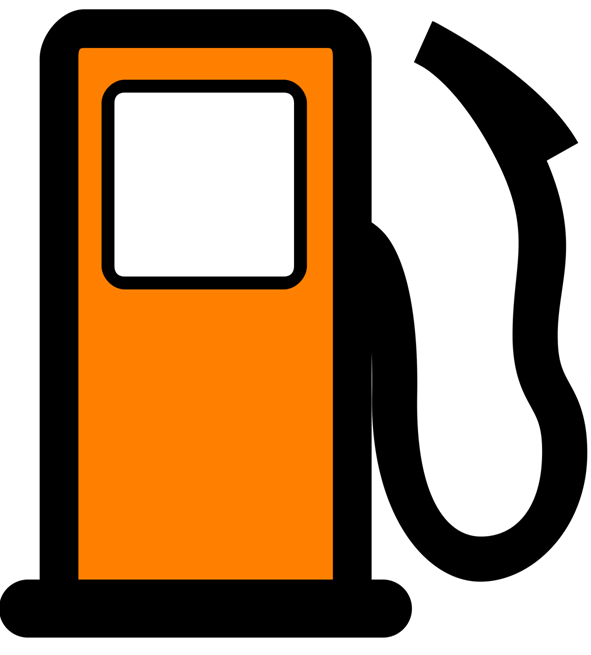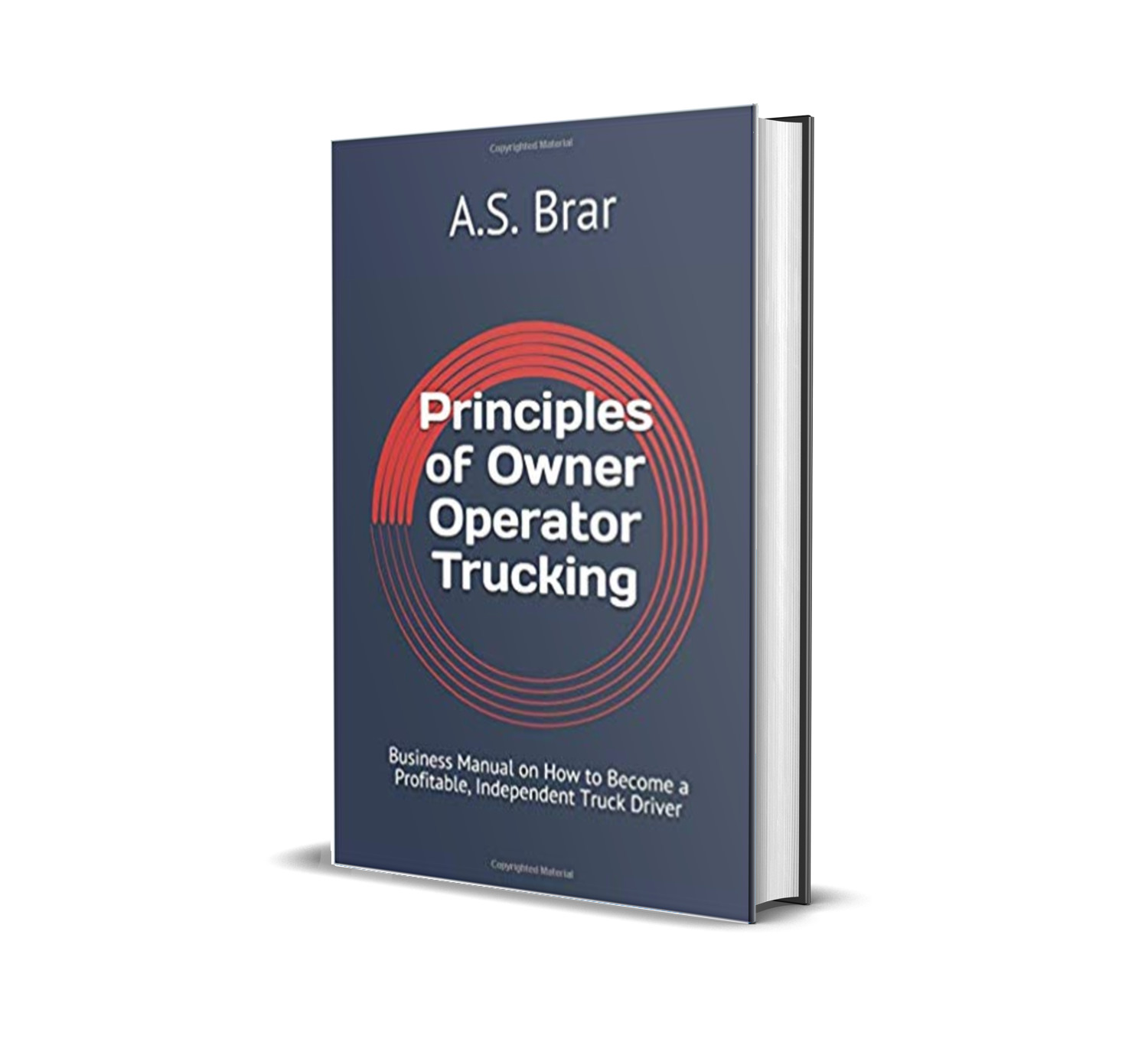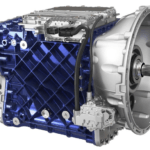Cummins designs, manufactures, and sells heavy duty truck engines and other power generation products. Their subsidiary company, Cummins Turbo Technologies is the producer of their Holset brand of turbochargers. Holset was once a British company producing turbochargers for heavy duty applications that was purchased by Cummins in 1973.
Turbocharger Basics
Understanding the basic anatomy of how a turbocharger works is essential before diagnosing and repairing any turbo failure symptoms.
The three main components of a turbocharger are the turbine, compressor, and the bearing system that ties the compressor and turbine ends together.
Turbine
A turbocharger gets its energy in the form of heat and pressure from the engine’s exhaust gas. Different turbochargers permit different amounts of exhaust gas. The turbine is the component that takes the heat and pressure from the exhaust and converts it to energy to rotate the turbine wheel. The turbine has two parts to it, the wheel and housing. The main purpose of the turbine wheel is to convert exhaust energy into shaft power to drive the compressor. The main purpose of the turbine housing is to collect the exhaust gases from the engine and direct it to the turbine wheel to cause it to rotate.
Compressor
The main purpose of the compressor is to raise the intake pressure to allow the engine breathing room because it enables the filling of the engine cylinders with extra air. The second function is to increase air density. The increased air density allows a higher mass of air and simultaneously increases higher mass of fuel to be utilized which results in more power.
Bearing system
The bearing system supports the turbine shaft that connects the turbine to the compressor. The bearing system experiences lots of stress because the turbine and compressor wheels can spin at speeds of 100,000 rpm. Drag or frictional loss of energy due to the bearing system can cause pressure differences to arise between the turbine and compressor. As a result, this can fail a good turbocharger.
Most late model trucks with a Cummins ISX engine use a Holset variable geometry turbocharger that can reach horsepower ratings from 385-600. Variable geometry turbochargers are being primarily created to improve fuel efficiency.
Failure with turbocharger on Cummins engines
The EGR valve is used to recirculate a portion of the exhaust gas back into the engine’s cylinders. Overtime the EGR valve can become clogged with oil and soot and affect the turbine’s ability to rotate. This can be a common problem and it needs a solution to prevent symptoms such as loss of power and erratic idling of a diesel truck. The Holset VG is a very durable and reliable turbo and it is usually the problem is attributed to another component as opposed to the turbocharger itself.
Cummins Turbo Failure Symptoms include:
- Loss of power
- Excess smoke
- Overheating
- High exhaust temperatures
- Oil leaks
- High fuel consumption.
Some causes of these symptoms are:
- Dirty air cleaner
- Air leak in feed from air cleaner to compressor
- Blockage of intake manifold
- Blocked air duct from compressor to intake manifold
- Blockage in exhaust system
- Gas leak in ducting after turbine
- Exhaust manifold broken, or gaskets damaged
- Wastegate mechanism faulty
- Burnt valves or pistons
- Fuel injection pump in wrong setting
- Leaking hose
- EGR valve clogged
- Blockage of engine crankcase breather
For further information on Cummins turbo failure symptoms and resolutions, contact your nearest Cummins service dealership.




That’s good to know that if you have oil leaks that it could mean that the Cummins turbocharger is going to fail. This would be good to know for companies that use diesel trucks since they tend to leak more often. It would be smart to find a company that sales turbochargers so the company could replace the one that doesn’t work quickly in order to avoid problems with the oil.